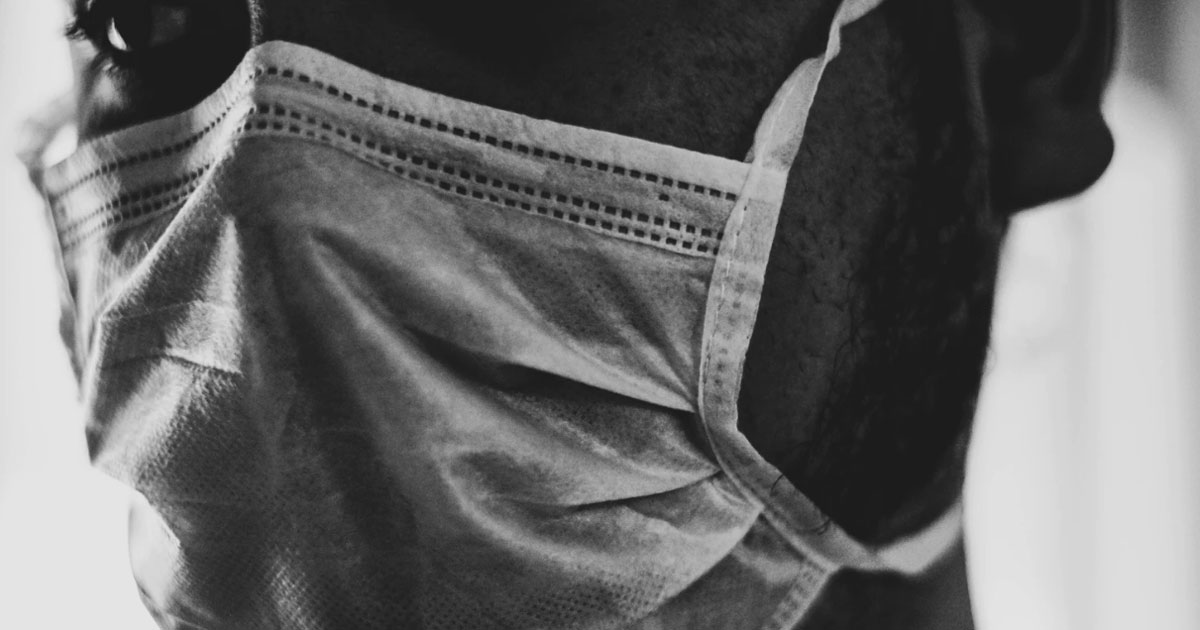The coronavirus appears to be manifesting in different ways among patients in a new cluster of cases in the northeast region of China months after the original outbreak occurred in Wuhan.
This suggests the pathogen may be mutating in unknown ways and complicating efforts to eradicating it, Bloomberg reported.
Small number of cases in 100 million people region
The coronavirus appears for a longer period of time and takes longer to test negative in patients found in the northern provinces of Jilin and Heilongjiang in China.
Qiu Haibo, one of China’s top critical care doctors, revealed this finding on state television on May 19.
Some 46 cases have been reported over the past two weeks across three cities -- Shulan, Jilin city and Shengyang -- in two provinces.
But only 10 per cent have turned critical and 26 are hospitalised.
This region has 100 million people.
Renewed lockdown measures were again put in place.
Takes longer to be detected
This delayed onset of developing symptoms is making it harder for authorities to catch cases before they spread, Qiu said: “The longer period during which infected patients show no symptoms has created clusters of family infections.”
The doctor was earlier sent to Wuhan to help in the original outbreak.
However, the differences of the virus playing out now could be due to the fact that Chinese doctors are able to observe patients more thoroughly and from an earlier stage than in Wuhan.
The local health-care system in Hubei province was so overwhelmed with some 68,000 cases that only the most serious ones were being treated then.
The newer northeast cluster is far smaller.
Is virus really mutating?
Researchers worldwide are trying to determine if the virus is mutating to become more contagious.
But early research suggests this possibility is overblown, as many mutations lead to no discernible changes in the virus at all, and not rendering them more contagious than before.
Doctors in the northeast cluster have also noticed patients there seem to have damage mostly in their lungs.
Previously, patients in Wuhan suffered multi-organ damage across the heart, kidney and gut.
New infections from Russia
Officials now believe that infected arrivals from Russia made contact withe the local Chinese population.
Russia is where the worst outbreaks in Europe is happening.
Genetic sequencing has showed a match between the northeast cases and Russian-linked ones, said Qiu.
Top photo via Unsplash
If you like what you read, follow us on Facebook, Instagram, Twitter and Telegram to get the latest updates.
